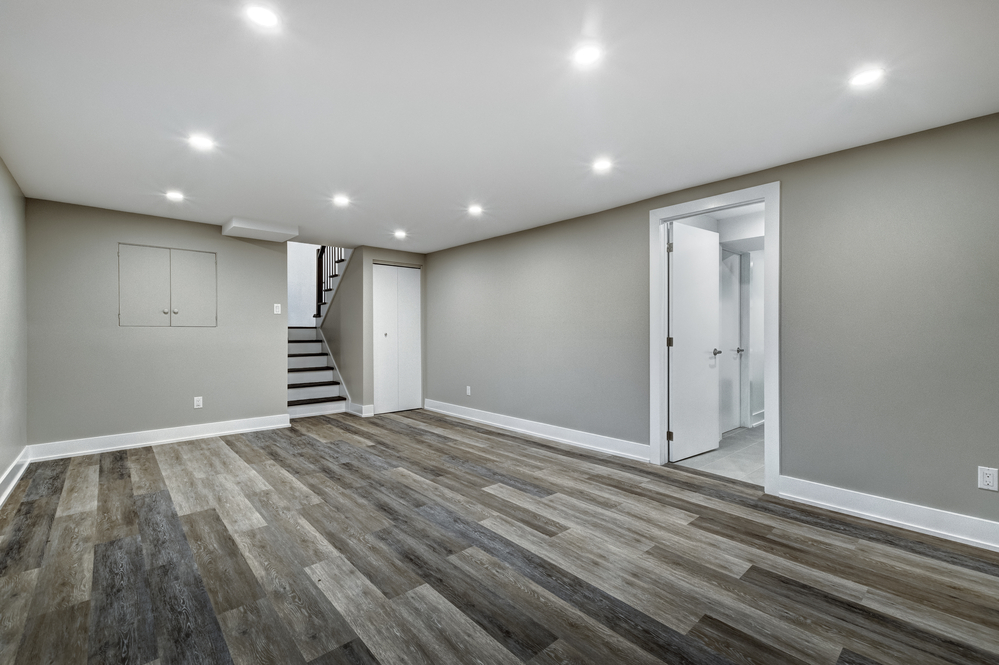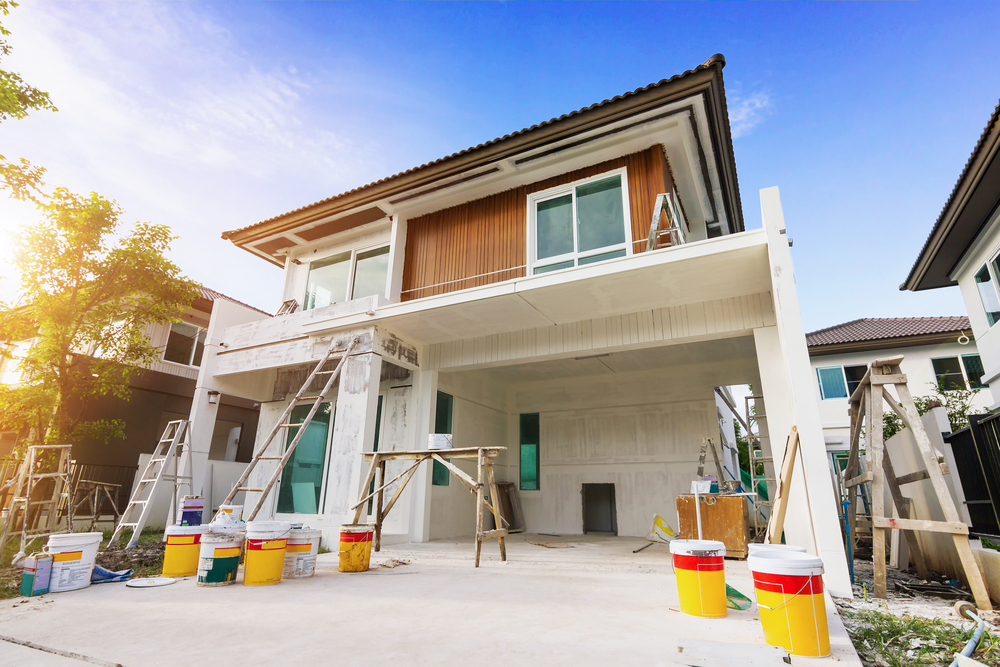Introduction
Basements are often underutilized spaces, but with thoughtful design and skilled remodeling, they can become the most versatile rooms in your home. Whether you’re seeking an entertainment hub, guest suite, home office, or fitness area, a basement remodel offers endless possibilities. Here’s your ultimate guide to navigating a basement transformation.
1. Defining Your Goals and Budget
Start by envisioning the purpose of your new space. Would a family media room or a separate rental unit be more beneficial? Clearly defining your goals will guide your design choices and help establish a realistic budget. Keep about 10-20% aside as a contingency for unexpected costs.
2. Assessing Your Basement’s Condition
Before diving into design plans, inspect your basement for structural issues or water damage. Check for moisture, leaks, and mold, as well as foundation cracks or uneven flooring. Correct these issues first to avoid bigger problems down the road.
3. Permits and Codes
Remodels often require permits, especially if you’re adding plumbing, electricity, or new walls. Work with a licensed contractor to ensure that your remodel meets local building codes. Skipping this step can lead to costly fixes later and affect the safety of your space.
4. Layout and Design
Plan a functional layout that optimizes space and considers your basement’s shape and structural components. Popular features include:
Open-Concept Layout: Great for family entertainment areas.
Separate Rooms: Useful for guest suites, rental units, or home offices.
Natural Light Enhancement: Incorporate egress windows or walkout doors to make the space more inviting.
5. Insulation and HVAC
Basements can be cold, humid spaces. Proper insulation is crucial for keeping your basement cozy and energy-efficient. Ensure your HVAC system is up to the task of regulating temperature and humidity.
6. Flooring Choices
Choose flooring that balances style and practicality:
Vinyl Plank or Tile: Durable and water-resistant.
Engineered Hardwood: Offers the warmth of wood without being as susceptible to moisture as traditional hardwood.
Carpet: Soft and warm but requires good moisture control.
7. Lighting and Electrical
Basements often lack natural light, so layered lighting is essential. Combine recessed lighting, floor lamps, and under-cabinet lights for a well-lit space. Upgrade your electrical system to handle increased power demands.
8. Finishing Touches
Storage Solutions: Utilize built-in shelving or cabinetry for efficient storage.
Furnishings and Décor: Add cozy furniture, rugs, and artwork to personalize the space.
Soundproofing: Insulate walls or ceilings to reduce noise between floors.
9. Hiring the Right Contractor
A skilled contractor can help you avoid potential pitfalls and ensure a smooth remodel. Look for a contractor specializing in basement renovations, with strong references and an understanding of local regulations.
Conclusion:
A basement remodel is a rewarding project that can significantly increase your home’s value and functionality. By following this guide, you’ll be well on your way to creating a beautiful, practical space that complements your lifestyle.
Need Professional Help?
If you’re ready to begin your basement transformation, reach out to Dom’s Workshop, LLC for expert guidance and a stress-free remodeling experience!




